Ultimately, I realized that the only way I could find answers to my questions was by trying the MFA program to see how things went. I applied to Goddard with an unabashedly genre piece of fiction: my short story “Magdala Amygdala,” which won the Bram Stoker Award. Readers widely agreed it was the best story I’d written so far. I figured that if Goddard rejected my application, it would be for the horror elements in my story … and it would be for the best.
But Goddard accepted me, and after a few nail-biting months, I got a confirmation that I’d received my funding through the CIC program. When I attended my first residency, I was pleased to find that most of my concerns were unfounded. The faculty and students were overall very supportive, and I encountered far fewer students who resented my presence than I’d expected. So far, so good. My next goal would be to determine what I actually wanted to accomplish in the program.
When I applied, I knew I wanted to write a novel for my creative thesis. I’d come to realize that no matter how many short stories I write or where they’re published, I won’t have much of a chance of being widely known as a fiction writer unless I produce good novels. And from a practical standpoint, I will never achieve my ultimate, difficult goal of being a full-time fiction writer if I write only short stories.
At my first residency, my faculty advisor and I decided that I would write a fantasy novel for my creative project. In addition to my novel, over the course of the program I would need to read 45-60 books and write short papers on them. I’d also complete two short critical papers, a teaching practicum and teaching essay, and a long critical paper. The program would take a minimum of four terms, but due to the workload many students take five terms to graduate. (I knew that I would have to manage to graduate in four terms or my funding would run out.)
During that first residency, I read Robert Chambers’ weird fiction collection The King in Yellow, and my reading sparked the idea for a new Lovecraftian southern gothic novel: The Girl With the Star-Stained Soul.
I realized that it would be a better project for me because it took better advantage of my Goddard advisor’s personal and literary expertise and also because it would involve me stretching myself creatively to work in a new genre. It was the first work of young adult fiction that I’ve ever tried to write. That first semester, I wrote and revised a quarter of the new novel, and I felt good about the quality and quantity of creative work I was able to produce.
At the start of my second semester, I realized that I also wanted to write more poetry and explore different types of short fiction (again, to take advantage of my advisor’s expertise in those forms). My main regret over my Goddard experience is that I was not able to explore as many different forms as I hoped to initially; while I certainly don’t regret completing a new novel, I do regret that I couldn’t do any work in play writing and graphic novel scripting aside from attending a few residency workshops. There just wasn’t time.
I found my second semester particularly challenging because I had to complete a teaching practicum. Although my writing workshop series was a success and I received a lot of positive student feedback and learned a whole lot about teaching, it was a tremendous sink for time and energy. As a consequence, I made less creative progress than I’d planned, although I was happy with the quality of the work I did produce.
But I had to catch up in my third term. I completed the bulk of my novel, but constantly wished I was getting more done. I found myself spending a great deal of time and energy on my critical work, and that unfortunately slowed my progress on my creative work. It was frankly an exhausting term. I worked hard to get my novel completed by the first deadline of my fourth term; it was ridiculously difficult but I succeeded. I got a lot of support from my husband and close friends during those difficult terms, and I’m not sure any of this would have been workable without them.
(Continue on to Part 4)
- The Braided Novel - November 20, 2016
- Upside Down: Inverted Tropes in Storytelling - November 18, 2016
- You, Human - November 18, 2016
- A Horror Writer Pursues an MFA – Part 5 - November 2, 2016
- A Horror Writer Pursues an MFA – Part 4 - November 2, 2016
- A Horror Writer Pursues an MFA – Part 3 - November 2, 2016
- A Horror Writer Pursues an MFA – Part 2 - November 2, 2016
- A Horror Writer Pursues an MFA – Part 1 - November 2, 2016
- Jolly Fish Press is shutting down - October 23, 2016
- The Pox Party - October 16, 2016


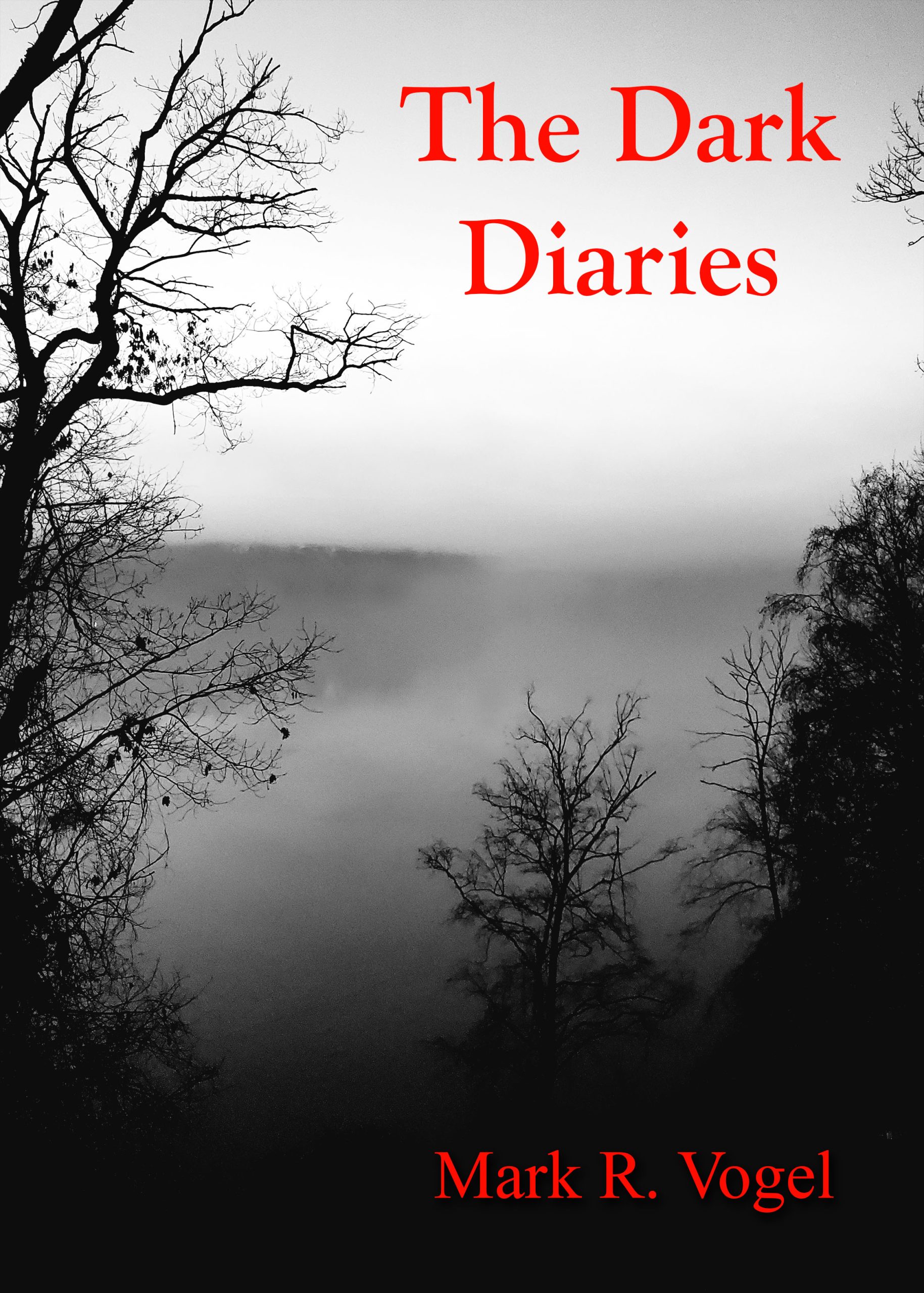
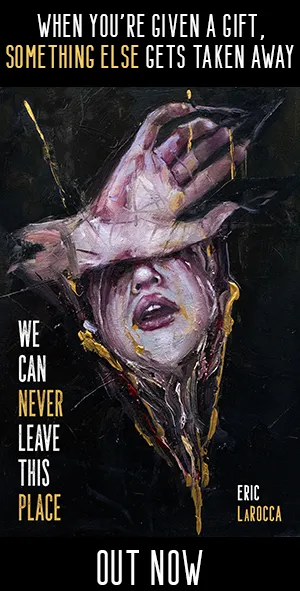
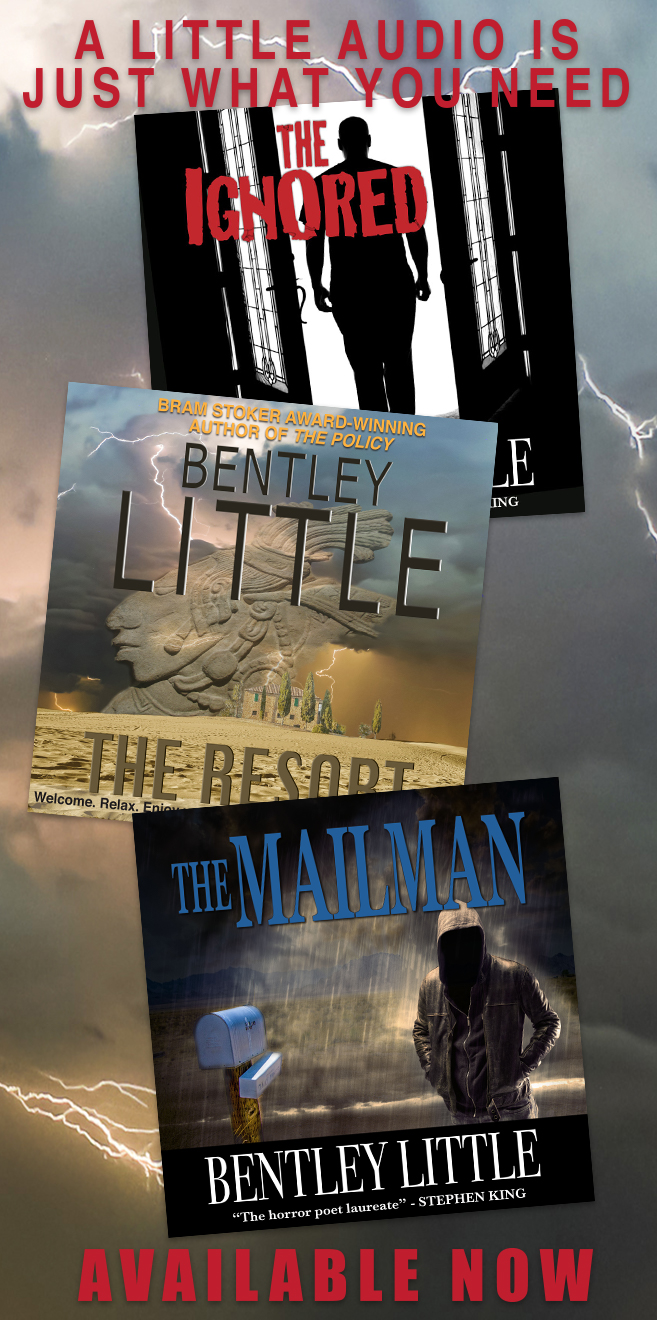
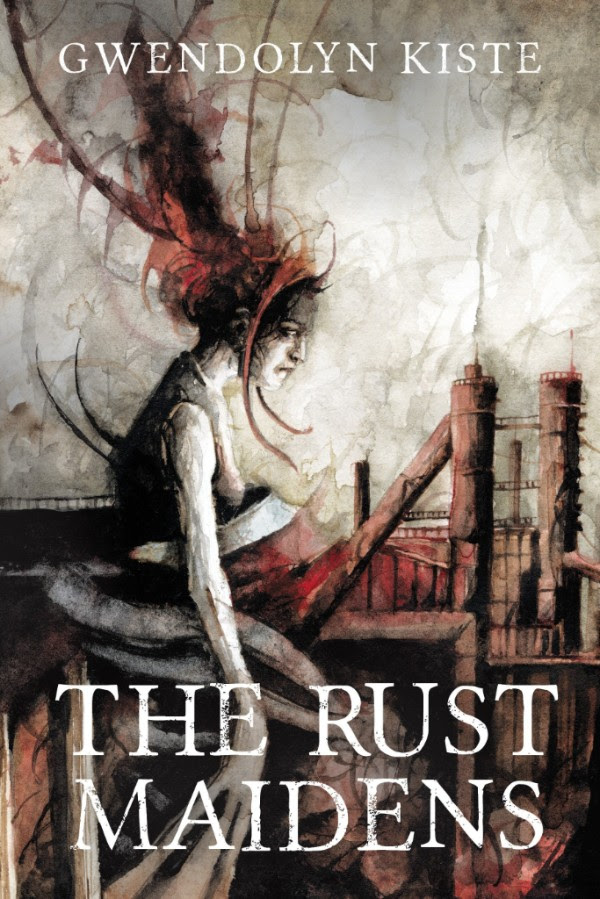

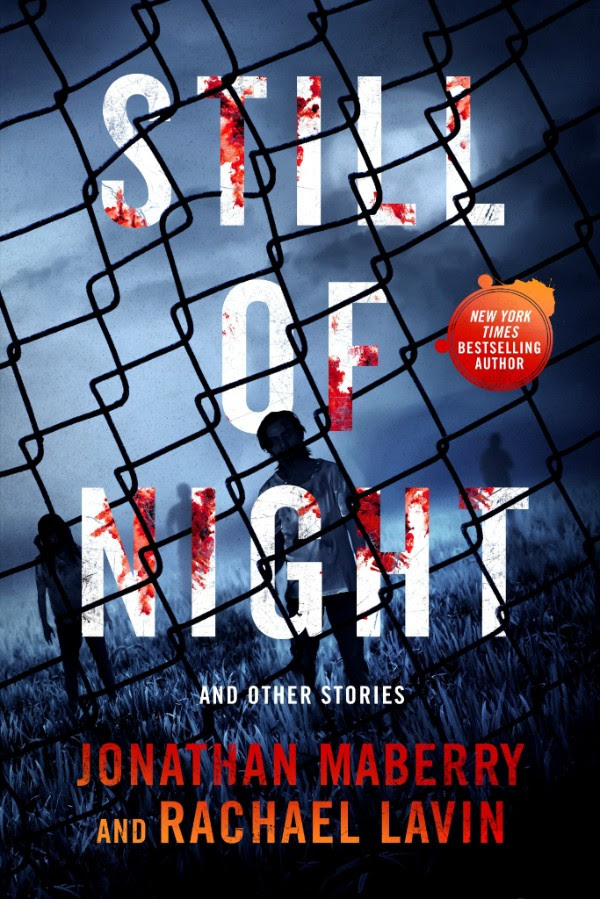

Trackbacks/Pingbacks